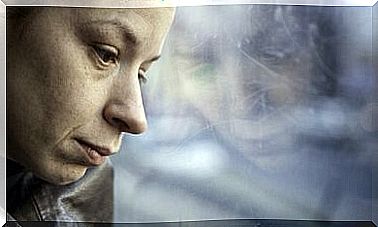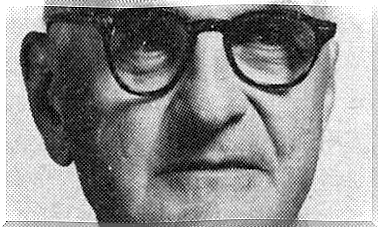What Is Psychotherapeutic Supervision?

Psychotherapeutic supervision is essential for interning psychology students, as well as for the first steps of many other professionals. The purpose of this supervision is that the mistakes that the professional may commit due to their lack of experience can be corrected before they have consequences. Furthermore, it offers a more gradual approach and very valuable support in situations where the responsibility is too great.
It is a part of the process that is essential in psychotherapeutic training. As we said before, it is highly recommended for beginners, which does not mean that experts cannot benefit from it either. Although experience helps us to be better professionals, it does not free us from the need for psychotherapeutic supervision in some cases.
We will talk about psychotherapeutic supervision throughout this text. Step by step, we will discover what it means and how important it is for students and professionals. In addition, we will talk about the benefits of having psychological supervision in different contexts. Let’s start!
How does psychotherapeutic supervision work?
Psychotherapeutic supervision consists of the presence of a specialist professional who is able to assess the progress of therapy and the behavior of the person being supervised in their professional activity.
In this way, the supervisor constantly analyzes the interventions that the therapist performs or fails to perform. This includes exploring aspects of the inner world of the person he supervises. Thus, it explores their cognition, their behavior and their affective part.

From a psychoanalytic point of view (a branch of psychology in which supervision has an important weight), during the intervention carried out by the supervised, the supervisor:
- Analyzes session content.
- Evaluates transfer and counter transfer.
- Explores the strategies used by the therapist.
- Guides the therapist regarding practical and theoretical content.
- It acts as a support and structure.
- Hears and actively watches.
- Encourages the supervised.
- Make comments.
- Explores the supervised’s hypotheses and challenges them.
- It favors learning.
This process can occur with both students and professionals. We will see:
in students
Supervision is worked as part of training so that the person learns how psychotherapy is performed. To do this, the supervisor decides when it is appropriate for the student to start doing it. Furthermore, it intervenes if necessary. To avoid the consequences of possible errors, students receive cases of lower risk for both the patient and the student. Thus, the supervisor will be able to give a greater margin to the supervised without intervening.
Supervision can take place in different ways:
- Online. With new technologies, there are big changes that can translate into benefits. In this case, therapeutic supervision can be performed using tools such as Skype.
- In person, in Gesell chamber. This is a resource used in psychology so that other people can observe an intervention without their presence conditioning it. In Gesell’s room or chamber, there is a mirror opaque on one side and transparent on the other, so the supervisor can see what the therapist is doing without personally participating in the intervention.
- In person after having performed an intervention. The supervisee reports what happened and the supervisor does his job.
in professionals
Professionals can use supervision to grow in their work. For example, to understand what happens in therapy, when they are not comfortable, when they don’t know what to do, etc. This allows them to see their intervention from a different perspective and know what steps to take.
In addition, some specialties require supervision, such as psychoanalysis. This area suggests that the future psychoanalyst has been psychoanalyzed and, in his analysis, he can talk about the residual product that remains in the analyst derived from the interventions he performs.
Benefits of psychotherapeutic supervision
Therapeutic supervision brings great benefits. Let’s look at some of them:
- Encourages analysis.
- It facilitates the process that the patient goes through.
- Integrates knowledge.
- Contributes to the professional’s work.
- Provides a reference point.
- It enriches psychotherapeutic practice.
- Displays different views.
- Favors self-knowledge.
- Encourages self-care.
- Helps relieve tension.
- Increases empathy.
- Protect the patient and the therapist.
- Allows you to review concepts.
- It favors experiential learning.

Despite all this, we need to point out that there is some controversy surrounding supervision. This is what Dr. Héctor Fernández Álvarez suggests in his article. The author comments that “the results presented by research are still not sufficient to empirically prove that supervision, as it has been used so far, helps to increase the benefits of psychotherapy.” However, many of the areas dedicated to psychotherapy did not participate in these surveys, and this does not negate the subjective feeling that people who undergo supervision can count on.
On the other hand, it should be noted that supervision is an active process in which knowledge is built. This process favors the supervisee, because of his learning, and the supervisor, because he is in constant training in order to provide an adequate review.
Now, how do you find good supervision? If you are a student, possibly at your university there is someone responsible for playing this role. If you are a professional, you can get in touch with colleagues who have more experience. You can even look up supervision options online; there are several professionals who offer it.









